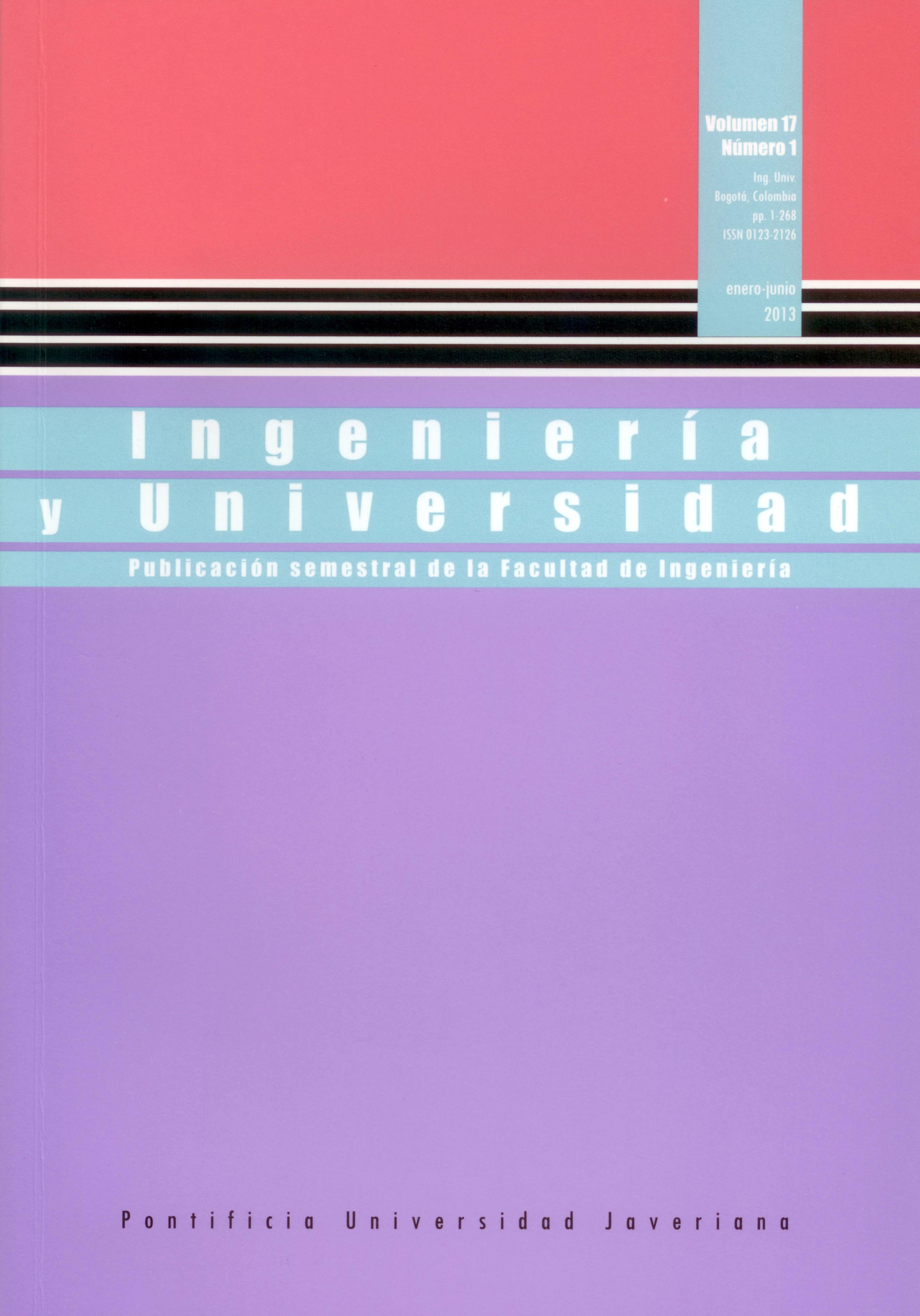Abstract
Reflective optical sensors that measure distances are characterized by the non-linearity of their output. Processing units in which these are used must allow for such conditions. This paper aims to reduce computational costs regarding storage capacity and processing times by linearizing sensor outputs to be used in low-budget embedded systems. Results from two different sensors show that the esteemed exponential curve can be adjusted using neural networks with radial basis functions, with a reduction of over 50% in processing time. Regarding the design of the network, the paper focused on its efficiency in terms of the size of the network and the distribution of centroids, yielding important results. The achieved reduction in time and space allows for the use of the system’s resources in other tasks, while it also allows for an increase of the sampling frequency in data acquisition.
CHATTERJEE, A.; MUNSHI, S.; DUTTA, M. y RAKSHIT, A. An artificial neural linearizer for capacitive humidity sensor. Proceedings Of The 17th IEEE Instrumentation And Measurement Technology Conference [Cat. No. 00CH37066]. 2000, núm. 1, pp. 313-317. DOI: 10.1109/IMTC.2000.846876.
COTTON, N. J. y WILAMOWSKI, B. M. Compensation of sensors nonlinearity with neural networks. 24th IEEE International Conference on Advanced Information Networking and Applications. 2010, pp. 1210-1217. DOI: 10.1109/AINA.2010.170.
ERDEM, H. Implementation of software-based sensor linearization algorithms on low-cost microcontrollers. ISA Transactions. 2010, vol. 49, núm. 4, pp. 552-558. DOI: 10.1016/J.Isatra.2010.04.004.
HAYKIN, S. Neural networks and learning machines. 3rd ed. New York: Pearson, 2009.
KHACHAB, N. I. e ISMAIL, M. (1991). Linearization techniques for nth-order sensor models in MOS VLSI technology. IEEE Transactions on Circuits and Systems. 1991, vol. 38, núm. 12, pp. 1439-1450. DOI: 10.1109/31.108498.
MEDRANO-MARQUES, N. J. y MARTÍN-DEL-BRIO, B. Sensor linearization with neural networks. IEEE Transactions6 on Industrial Electronics. 2001, vol. 48, núm. 6, pp. 1288-1290. DOI: 10.1109/41.969414.
MEDRANO-MARQUES, N. J.; MARTÍN-DEL-BRIO, B.; BONO-NUEZ, A. y BERNALRUIZ, C. Implementing neural networks onto standard low-cost microcontrollers for sensor signal processing. IEEE Conference on Emerging Technologies and Factory Automation. 2005, vol. 2, pp. 967-972. DOI: 10.1109/ETFA.2005.1612776.
MOHAN, N. M.; KUMAR, V. J. y SANKARAN, P. Linearizing dual-slope digital converter suitable for a thermistor. IEEE Transactions on Instrumentation and Measurement. 2011, vol. 60, núm. 5, pp. 1515-1521.
NENOVA, Z. P. y NENOV, T. G. Linearization circuit of the thermistor connection. IEEE Transactions on Instrumentation and Measurement. 2009, vol. 58, núm. 2, pp. 441-449. DOI: 10.1109/TIM.2008.2003320.
QU, L.; CHEN, Y. y JI, Y. Regularized RBF-FA neural network to improve the generalization performance of function approximation: Computer application and system modeling (ICCASM) [artículo en línea]. IEEE International Conference on. 2010, vol. 11, pp. V11- 267. <http://Ieeexplore.Ieee.Org/Xpls/Abs_All.Jsp?Arnumber=5623211>.
SHARP. Optoelectronic device GP2Y0A21YK [Datasheet]. 2005. <http://Www.Sharpsma.Com/Webfm_Send/1208>.
SHARP. Optoelectronic device GP2Y0A02YK [Datasheet]. 2006. <http://Www.Datasheetarchive.Com/GP2Y0A02YK-Datasheet.Html>.
SÁNCHEZ, E. N. y ALANÍS, A. Y. Redes neuronales: conceptos fundamentales y aplicaciones a control automático. Madrid: Pearson; 2006.
VOLPI, E.; NIZZA, N. y BRUSCHI, P. A non linear ADC for sensor linearization. PhD Research in Microelectronics and Electronics Conference. 2007, pp. 5-8. DOI: 10.1109/RME.2007.4401797.
ZHOU, S. y LIN, H. Function approximation based on self-adaptive RBF neural network with combined clustering algorithm [document en línea]. International Conference on Intelligent Control and Information Processing (ICICIP). 2010, pp. 435-438. <http://Ieeexplore.Ieee.Org/Xpls/Abs_All.Jsp?Arnumber=5565283>.
This journal is registered under a Creative Commons Attribution 4.0 International Public License. Thus, this work may be reproduced, distributed, and publicly shared in digital format, as long as the names of the authors and Pontificia Universidad Javeriana are acknowledged. Others are allowed to quote, adapt, transform, auto-archive, republish, and create based on this material, for any purpose (even commercial ones), provided the authorship is duly acknowledged, a link to the original work is provided, and it is specified if changes have been made. Pontificia Universidad Javeriana does not hold the rights of published works and the authors are solely responsible for the contents of their works; they keep the moral, intellectual, privacy, and publicity rights.
Approving the intervention of the work (review, copy-editing, translation, layout) and the following outreach, are granted through an use license and not through an assignment of rights. This means the journal and Pontificia Universidad Javeriana cannot be held responsible for any ethical malpractice by the authors. As a consequence of the protection granted by the use license, the journal is not required to publish recantations or modify information already published, unless the errata stems from the editorial management process. Publishing contents in this journal does not generate royalties for contributors.


